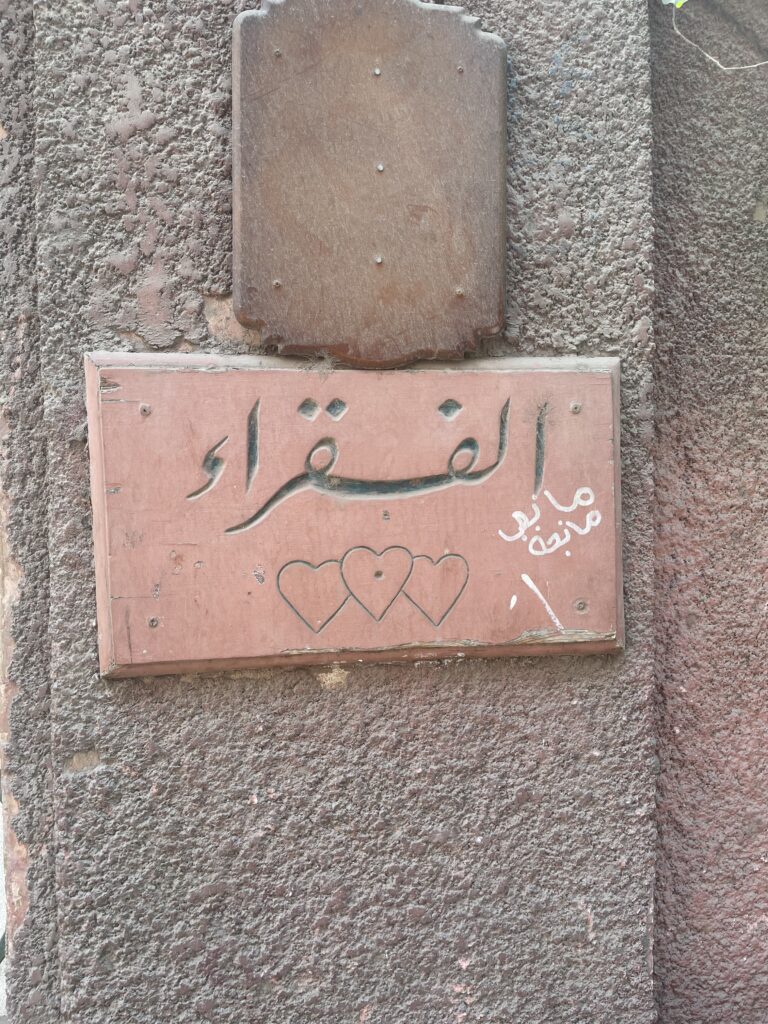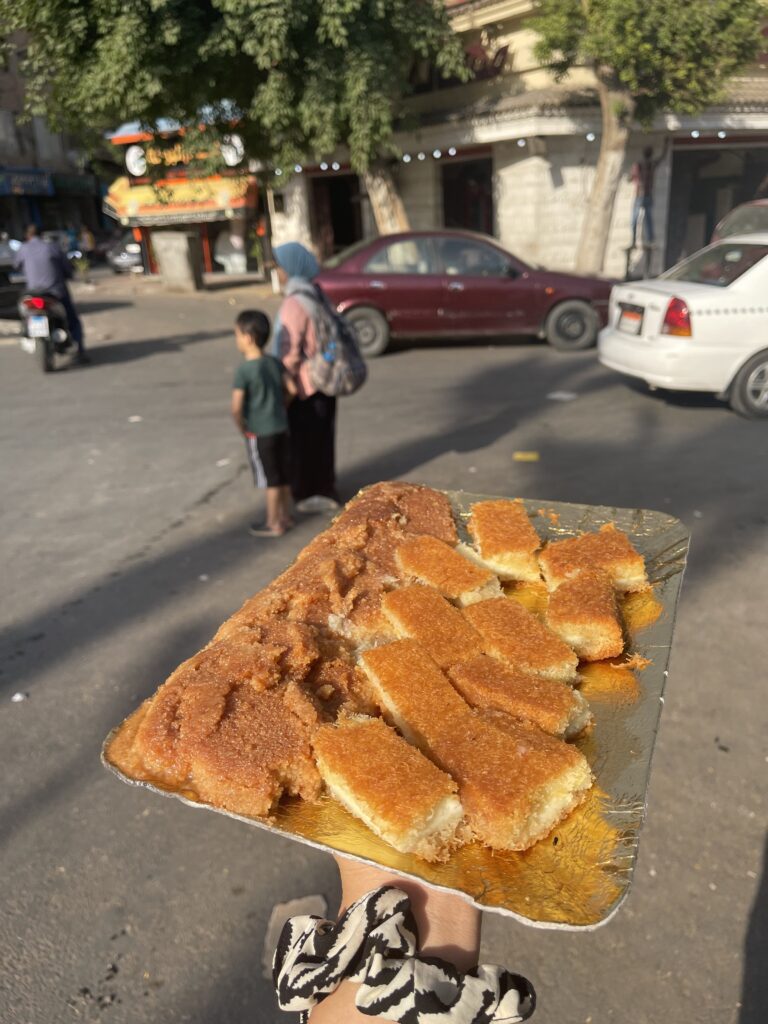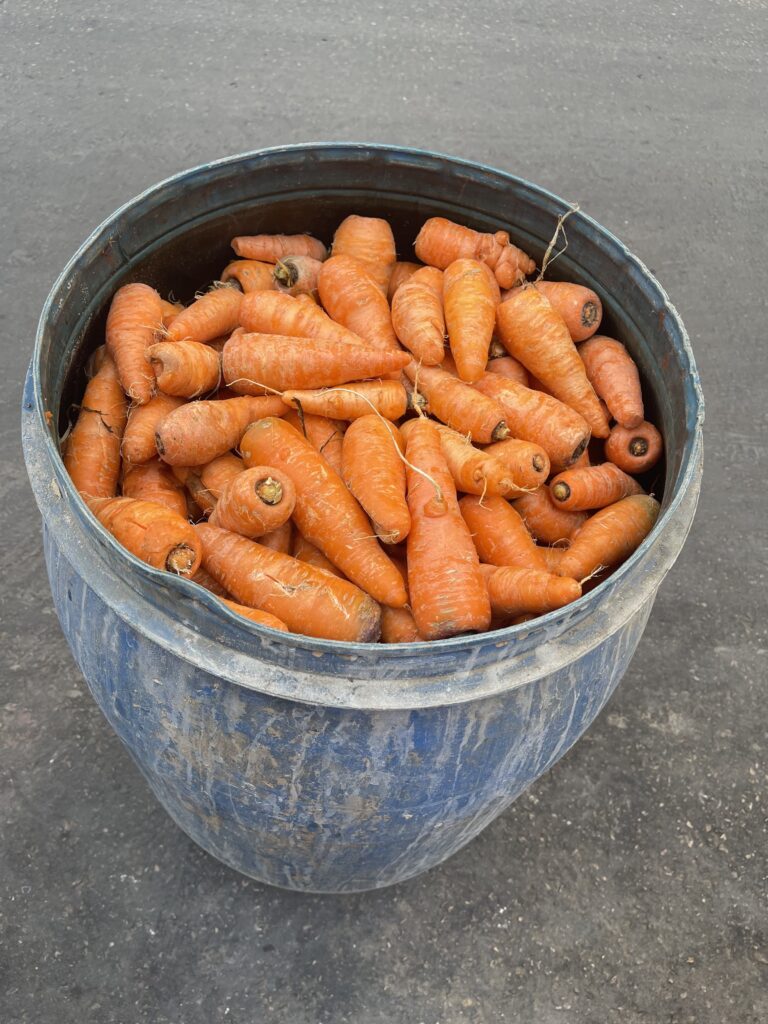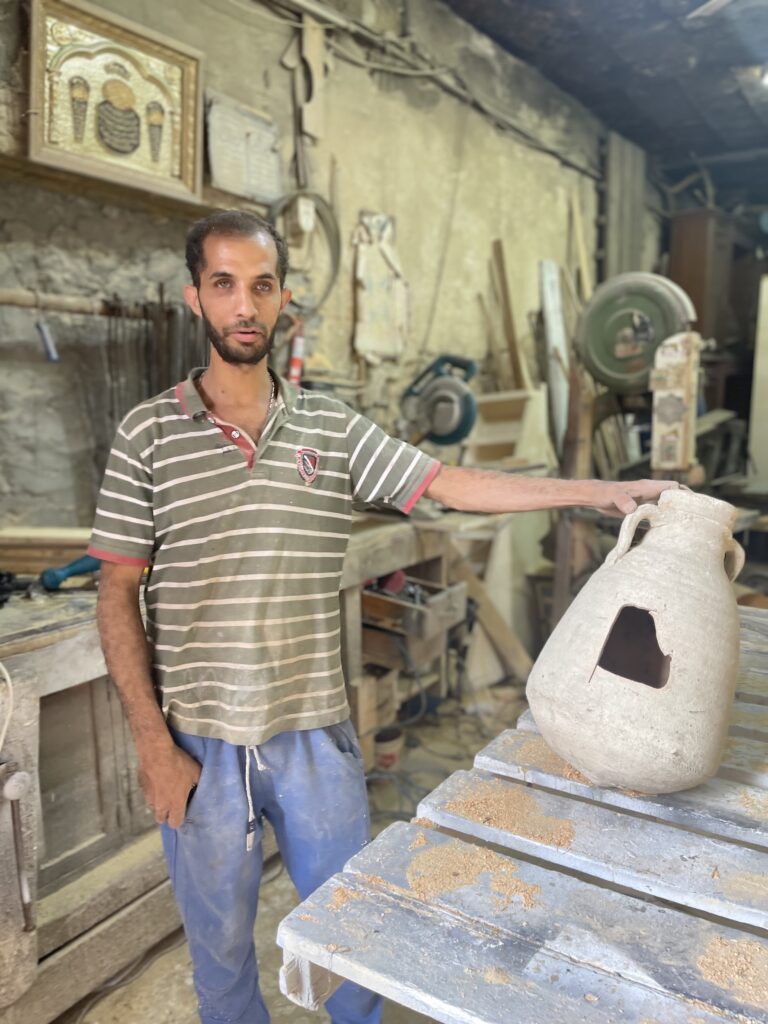Let me tell you the story of one of the oldest neighborhoods in Cairo, Egypt with origins that trace back to the era of the Khedive. The new Helmiya is a neighborhood that has survived the test of time. In the 1940s it became a neighborhood for the the aristocrats and the bourgeoisie and over the years it transformed into a popular neighborhood for the middle and lower middle classes of Egyptian society. From the pharmacist to the vendors, we are telling you the story of the new Helmiya through the eyes of it’s people and we explore how the residents of the neighborhood are adapting to change. On a busy Cairo morning, I took matters into my own hands to discover the chronicles of this neighborhood.
Built over the remains of the Saray
Once upon a time there lived a Khedive named Abbas Helmy the first. The new Helmiya was attributed and named after him. The neighborhood was built around what used to be a grandiose Saray which remained till the nineteenth century. It was surrounded by houses of the Mamluk princes who used to inhabit the area. In the early twentieth century, the Saray was demolished and the land was divided into streets and plots for the public. Many notables of that time lived in the new Helmiya, such as Riad Pasha Nazer, Ahmed Pasha Taymour and others whose names still bear some of the neighborhood’s streets.
It’s name must ring a bell for admirers of the classic Egyptian show “Nights of the Helmiya”. That’s right this is where the events of the famous Osama Anwar Okasha series took place. The years have past and the palaces with the flourishing gardens began to be demolished one by one, until there was only a few left. Most of the neighborhood’s features have changed dramatically with the era of Sarayat having officially come to an end.

Palace of the spiritually poor
On Ali Mubarak street, is a palace known as the palace of the poor or the spiritually poor. The palace was owned by Mr. Rafie Muhammad, one of the grandchildren of scholar Refaa El Tahtawi. The palace was named according to the Sufi definition of the word poor, which is those who seek help and assistance from God. The word spiritual is a reference to the spiritual communication sessions that used to take place at the palace whereby people of different religious affiliations participated in a state of openness. The palace is not open to the public but just walking by it you can be inspired by its baroque architecture covered dramatically with wilted tree branches.

A food tour
Mehanna is one of the oldest cafes in the area. Greeted with the warm and welcoming smile of Elhamy who is the second generation owner of the cafe. I went in and ordered a soda to stay hydrated during the hot summer day, immediately Elhamy started talking to me about the soda brands from the past. “Sinalco, Astra and Spathis are some of the oldest sodas we used to sell here. They tasted much better than the sodas nowadays because they were naturally flavored, you could even smell them as soon as you opened the bottle.” Elhamy continued talking about how his clientele who changed throughout the years, “the neighborhood is known for it’s schools, we used to be occupied with girls and boys after school hours. Back in the days I used to have a designated area for girls and another for the boys. We also used to get a lot of Greek customers, they were extremely generous and kind. I think people were much generous back then even if they didn’t have much to offer. The rent here used to be 3 Egyptian pounds only.”
For the sweet tooth in me, I couldn’t resist buying basbousa from “Halawany El Helmya”. Located right off Sekket Rateb Pasha street, it happens to be one of the most famous places that makes Basbousa in Egypt. Soaked in syrup, soft and golden, this is a mouth watering must try dessert. Mohamed who works there told me that this place has been running for more than 80 years, “this place is a landmark of El Helmiya. El-hag Mahmoud started this project back in the 1950s, he started off selling Basbousa on a cart before opening this store. At times, he would get customers asking for 2kgs but he would only sell them 1kg because he couldn’t afford making enough quantities for the demand.”

In an attempt to close the sweet and savoury cycle, my next destination was “Torshagy El Helmiya”. A shop selling pickles since the 1960s. I was instantly drawn to the barrels filled with an array of colorful vegetables soaked in the salty water. I started to chat to Sayed a vendor at the shop, as he packed my order in the plastic jar, “our pickles spread among the masses in El Helmiya because it never differentiates between the pasha and the poor. In the past, people from all classes of society used to line up to get their hands on our pickles and pickle water which people used to take in pots made of aluminium or tin.”

The Pharmacist with a flower
On a slightly less busier corner, I came across one of the oldest pharmacies in the neighborhood. The pharmacy belongs to Dr. Adel a 70 year old pharmacist with endless stories. When I first walked in I was struck by Dr. Adel’s humbleness as he was mopping the floors of his pharmacy himself, “I like to do everything with my bare hands, like I always have. I also like to keep things just the way they are. I haven’t changed the facade or even the wooden medicine shelves. Nowadays pharmacies use those hidden cabinets and drawers. Yet, I like seeing the products displayed in front of my eyes on the shelves.” Whilst talking to Dr.Adel I noticed a lilac dried flower bouquet, “my sister got me those flowers, she always buys me flowers from a flower shop down the street, whenever she visits me in El Helmiya” he mused.
The Carpenter with the 80 years old Workshop
The buildings of the Helmiya are surely striking. Whilst walking in the streets I stopped by one of the most ancient buildings in the area, not to admire it’s baroque architecture but to explore a small carpenter’s workshop in the garage of the building. Mohsen the carpenter told me the story of the 80 year old workshop that he inherited from his great grandfather, “my great grandfather first rented this workshop from a European family that used to own this ancient building. Our work changed massively throughout the years, from the type of wood to the style we produce.” said Mohsen. He went on to explain that the people of Helmiya are no longer looking for traditional furniture with European flair but rather seeking more practical and space saving contemporary designs.

It is inspiring to see how the chronicles of this neighborhood corresponds with the changes in our society. Everything has changed from the way they eat, live and work and this was reflected during this historical tour of the neighborhood. Where some of it’s residents adopted to changes of modern society, others still like things the old way.
WE SAID THIS: We are starstruck by the tales of this ancient neighborhood.



